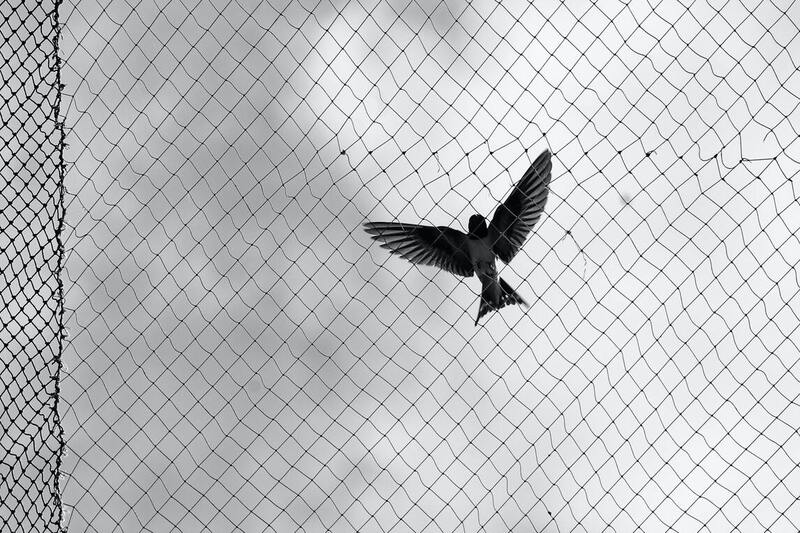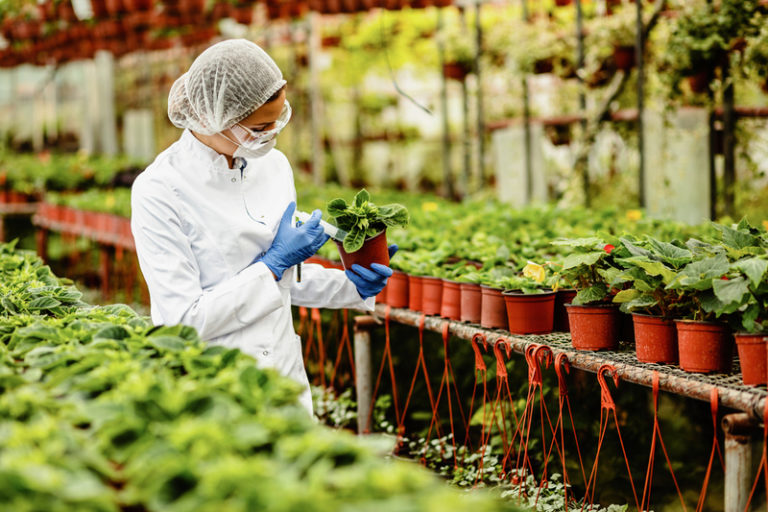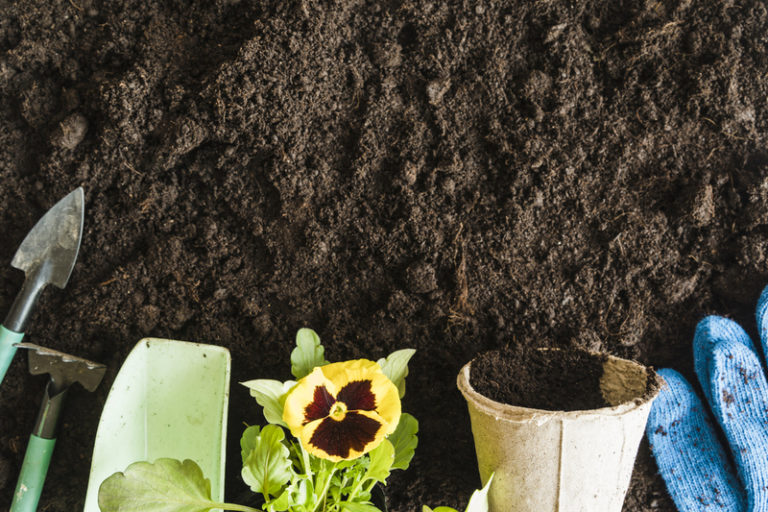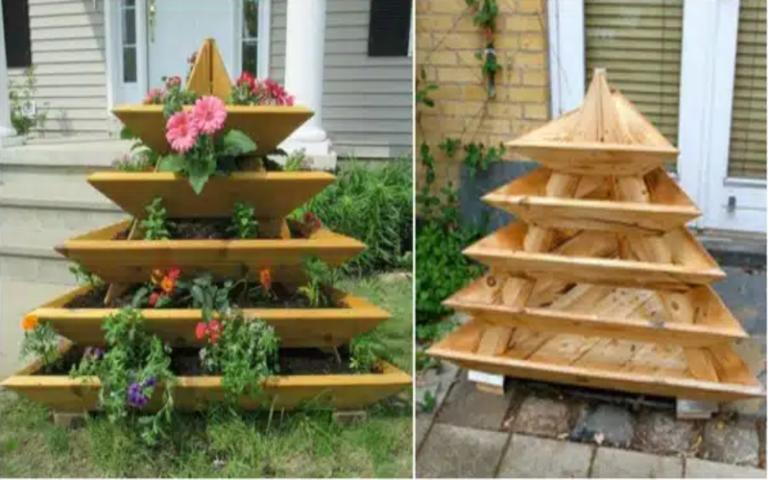Vineyard Bird Netting: A Simple Solution for Protecting Your Grape Harvest
As a vineyard owner, you know how important it is to protect your grape harvest from various pests and wildlife. One of the biggest challenges that vineyard owners face is keeping birds from eating their grapes. Birds can cause significant damage to the grape crop, which can lead to reduced yields and financial losses. Fortunately, vineyard bird netting can help you protect your grapes from pesky birds. In this article, we’ll discuss the benefits, types, and installation of vineyard bird netting to help you protect your grape harvest.
Benefits of Vineyard Bird Netting
Vineyard bird netting is an effective way to protect your grape harvest from birds. Installing bird netting can provide you with the following benefits:
Protects Your Crop: Bird netting provides a physical barrier between your grapes and birds, preventing them from damaging your crop. By keeping birds away, you can ensure that your grapes reach maturity and quality, increasing the yield and the overall value of your harvest.
Environmentally Friendly: Unlike harmful chemicals and pesticides, bird netting is an eco-friendly solution to bird damage. It does not harm birds or the environment and is a safe way to keep them away from your grapes.
Cost-Effective: Although bird netting requires an initial investment, it can save you money in the long run by preventing crop losses. The cost of bird netting is minimal when compared to the potential losses from bird damage.
Types of Vineyard Bird Netting
There are two main types of bird netting that you can consider for your vineyard:
Polyethylene Netting: Polyethylene bird netting is a lightweight and affordable option for protecting your grape harvest. It is available in various mesh sizes and can be customized to fit your vineyard’s specific needs. Polyethylene netting is ideal for smaller vineyards and can be easily removed and stored after the harvest.
Woven Netting: Woven bird netting is a more durable option that is designed to last longer than polyethylene netting. It is made of a thicker material and is ideal for larger vineyards that require long-term protection from birds. Woven netting is more expensive than polyethylene netting but can last for several years with proper care.
Factors to Consider When Choosing Vineyard Bird Netting
When choosing bird netting for your vineyard, there are several factors that you need to consider:
Size of the Vineyard: The size of your vineyard will determine the amount of netting you will need. Larger vineyards will require more netting, which can increase the cost.
Type of Grapes Grown: Different grape varieties have different sizes and shapes, which can affect the type of netting required. It is important to choose a netting material that is compatible with your grape variety.
Budget: The cost of bird netting varies depending on the type of material used, the size of the vineyard, and other factors. You should consider your budget when choosing the type of bird netting to install.
Climate and Weather Conditions: The weather can affect the durability of bird netting. Woven netting is more durable in areas with high winds, while polyethylene netting may be more suitable for milder climates.
How to Install Vineyard Bird Netting
Proper installation of bird netting is essential for its effectiveness in protecting your grape harvest. Here are the steps to follow when installing bird netting in your vineyard:
Preparation: Before installing bird netting, you need to clean the vineyard to remove any debris or branches that may interfere with the installation process. Measure the area that needs to be covered and determine the amount of netting required.
Installation: Once you have the necessary materials, you can begin the installation process. Choose the right tools, such as zip ties and clips, to attach the netting to the posts or wires. Start at one end of the vineyard and work your way to the other end, making sure that the netting is tight and secure.
Maintenance: After installation, it is important to inspect the netting regularly for any damage or holes that may allow birds to get in. Repair any damage immediately to ensure that your grape harvest remains protected. At the end of the season, remove the netting and store it properly for the next season.
Conclusion
In conclusion, vineyard bird netting is an effective and eco-friendly way to protect your grape harvest from birds. By providing a physical barrier between your grapes and birds, you can increase your yield and the overall value of your harvest. When choosing bird netting, consider factors such as the size of your vineyard, the type of grapes you grow, your budget, and the climate and weather conditions. Proper installation and maintenance of bird netting are essential for its effectiveness. Consider installing bird netting in your vineyard to protect your grapes and ensure a successful harvest.
FAQ:
Q: Why is protecting grape harvests from birds important for vineyard owners?
Ans: Birds can cause significant damage to the grape crop, which can lead to reduced yields and financial losses. Protecting grape harvests from birds is important for vineyard owners because it ensures that their grapes reach maturity and quality, increasing the yield and the overall value of their harvest.
Q: What are the benefits of vineyard bird netting?
Ans: Installing bird netting can provide the following benefits:
Protects your crop from bird damage.
Eco-friendly solution to bird damage
Cost-effective in the long run.
Q: What are the two main types of bird netting for vineyards?
Ans: The two main types of bird netting for vineyards are polyethylene netting and woven netting.
Q: What factors should be considered when choosing vineyard bird netting?
Ans: When choosing bird netting for your vineyard, you should consider factors such as:
Size of the vineyard
Types of grapes grown
Budget
Climate and weather conditions
Q: Is bird netting an effective way to protect grape harvests from birds?
Ans: Yes, bird netting is an effective way to protect grape harvests from birds. By providing a physical barrier between your grapes and birds, you can increase your yield and the overall value of your harvest.
Also Read:
Agriculture Protection Solutions: Mitigating Risks and Securing the Future of Farming







